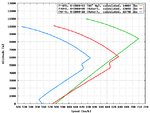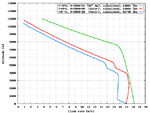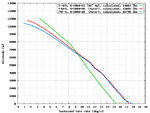drgondog
Major
P-80...the jet???? That never saw combat in ww2, did it?? I know it flew but i think it was still being developed, for the most part, before the war ended.
Yes and no. It was deployed to Europe for operational testing in Dec 1944 - several months before the P-47N entered combat. The first crash of the p-80 occurred in England that same month, IIRC due to a faulty exhaust system
i think Republic wanted people to know they could still make legendary airplanes, if needed.
The P-80 was fully operational in the US before the war ended. Had the US wished to suffer losses due to teething problems I suppose the P-80 could have been in combat ops before VE Day - but why bother?



